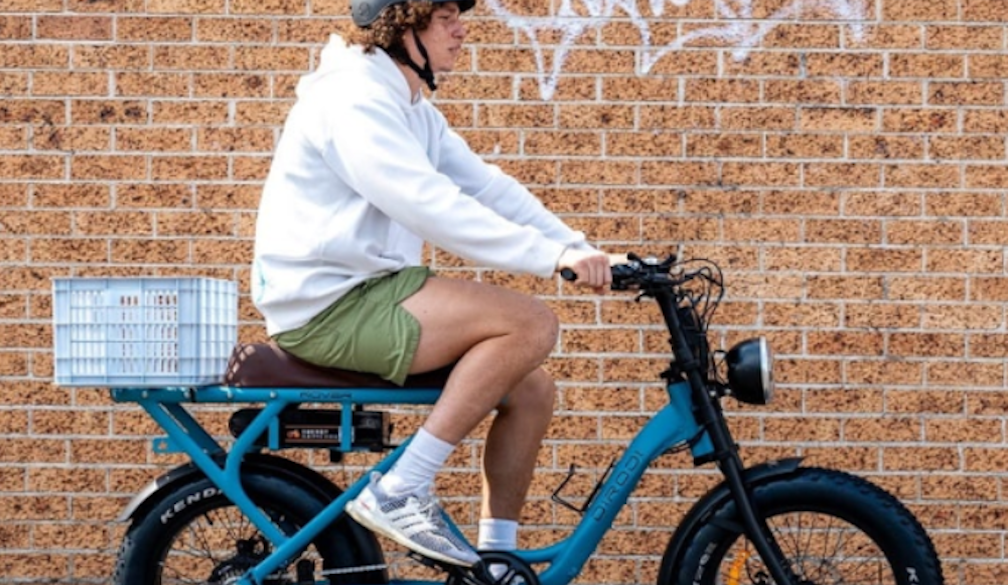Electric Bike Laws & Roads Rules Australia

An electric bike is defined as a motorized bicycle with an integrated electric motor. There are two types, ones that use electricity to solely power the bike. These are effectively like electric mopeds.
The alternative is electric motors which assist you when pedalling. These take some of the strain, making the cycling process easier and more enjoyable.
E-bikes can be used on public roads across Australia. If you’re riding on the road you need to follow all the same rules as anyone else on the road.
However, you should also know about the additional rules for electric bikes.
Power Output
Assisted e-bikes, (those with pedals), must have a maximum continuous power of 250 watts. The electric motor was also automatically stop providing assistance when you reach 25 km/h.
It’s important to note there is a difference between max continuous power and peak power. The peak power can be above 250 watts but must only be sustainable for short bursts, such as getting you up a hill.
The more hilly your riding area, the higher you need peak power to be.
Fully electric bikes must have no more than a 200 watt motor and, again, must not work over 25 km/h.
Interesting Tip: Pedal-assisted electric bikes can have a throttle to help you get started. But, it must only take you to 6 km/h. Some of the impressive DiroDi electric bike range offer this.
Helmets Are Obligatory
Both types of e-bikes are subject to the same rules as motorbikes. You must wear an approved helmet when riding and make sure it is fastened properly.
An approved helmet is one that has a certificate showing it reaches Australian safety standards. Any helmet manufactured after 2011 should display compliance.
Adult Passengers Need Proper Seats
It’s permissible to attach a standard baby or child bike seat to your electric bike. However, if you do this, there are restrictions regarding which roads you can use.
Carrying adult passengers is only permissible when the bike has been designed or professionally adapted for passengers. That means, the manufacturer must state its okay for passengers and the seat is big enough for two people. The passenger also needs dedicated feet rests. In some cases, these are designed as extra pedals, giving the bike a little extra power!
The passenger must also wear a helmet.
You Must Have Lights
The law states that all electric bikes need a front white light and a rear red light. It’s for your safety as well as to help you be seen.
Lights must be fitted and in working order even if you’re riding in the daytime.
Licencing
The good news is you don’t need a licence to ride an e-bike, provided it, and you, complies with the rules of the road.
Using Bus Lanes
Electric bikes are allowed in bus and tram lanes. Remember to proceed with caution as buses are much bigger than you and may not see you.
You should note, E-bikes are not allowed on footpaths.
Summing Up
Electric bikes are a good option and the laws surrounding their use are designed to protect you. While the police don’t often check e-bike riders, they have the power to fine you or even confiscate your bike. It’s better to simply comply with the rules.
















